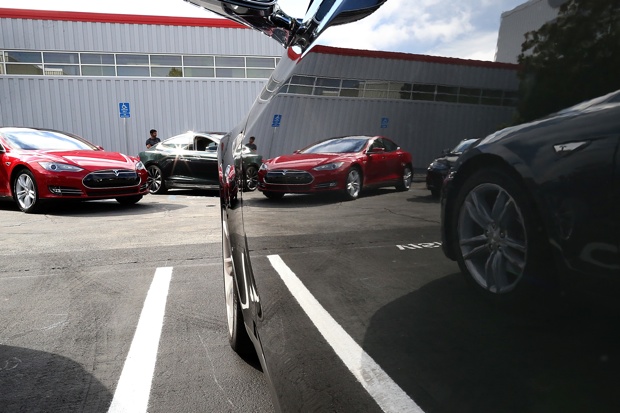The beginning of March marks the start of car buying season with drivers keen to snap up a motor with the new registration plates. Some dealerships reckon interest jumps by as much as 25 per cent in new registration months.
If you’re thinking about spending your cash on a new runaround, there’s a good reason to get a move on: the way that car tax is calculated is being revamped in April. For many motorists that will mean a bigger outlay.
How car tax is changing
At the moment, Vehicle Excise Duty (VED), or car tax, is determined by your vehicle’s emission levels. All cars are placed in bands from A to M; those with low CO2 emission levels (up to 100g/km) don’t pay a penny currently, while those with higher emission levels may have to pay up to £1,120 a year, at least initially.
However, from 1st April the VED you need to pay will not only be based on your motor’s emission levels – it will also take into account the list price of your vehicle.
Again, motors are split into bands based on their emission levels, for the first year anyway. The new VED rates range from nothing all the way up to a massive £2,000 for motors emitting more than 255g/km. After that, a standard rate of £140 a year is charged.
However, this time only zero-emission motors don’t pay VED. So if your car emits 100g/km for example, you’ll now have to pay £120 in the first year, followed by £140 each year after that. That’s £400 in the first three years for a car that under the current legislation doesn’t pay VED at all.
Things get even worse if you buy a ‘premium’ motor, with a list price of more than £40,000. These cars will be subject to a £310 annual supplement for five years from year two onwards, on top of the standard rate.
Interestingly, cars with such high emission levels that they’re in the current top tax band will actually work out cheaper under the new system, provided you keep them for more than five years. But for the vast majority of motorists, this new set up will mean higher VED costs.
Why is it changing?
The simple reason for the change is that the Treasury needs the money. In recent years, new cars have generally been more eco-friendly, with much lower emissions levels. As a result many have been exempt from VED.
In the current economic climate, the Treasury feels it can’t continue to be quite so generous, hence the changes.
Can I avoid this new tax?
Importantly, this new tax model only applies to new cars bought after 1st April. So the VED you pay on your current motor will still be worked out based on the old rules.
As a result, if you’re planning on buying a new car this year, it’s probably a good idea to buy it before next month. You could save yourself hundreds of pounds.
John Fitzsimons is a freelance financial journalist






Comments